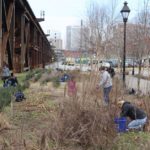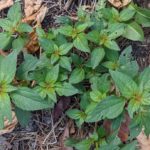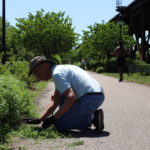
Written by: Mary Petres
Hello fellow garden lovers! During the cold dreary days of winter, it seems impossible that the lively days of spring are only weeks away. For the most part, the garden and its inhabitants (both flora and fauna) wait calmly in a place of dormancy. However, unbeknownst to many of us, winter weeds are happily growing amongst our dormant friends. I use the term “weed” loosely. Traditionally associated with unattractiveness,
... Read more »



